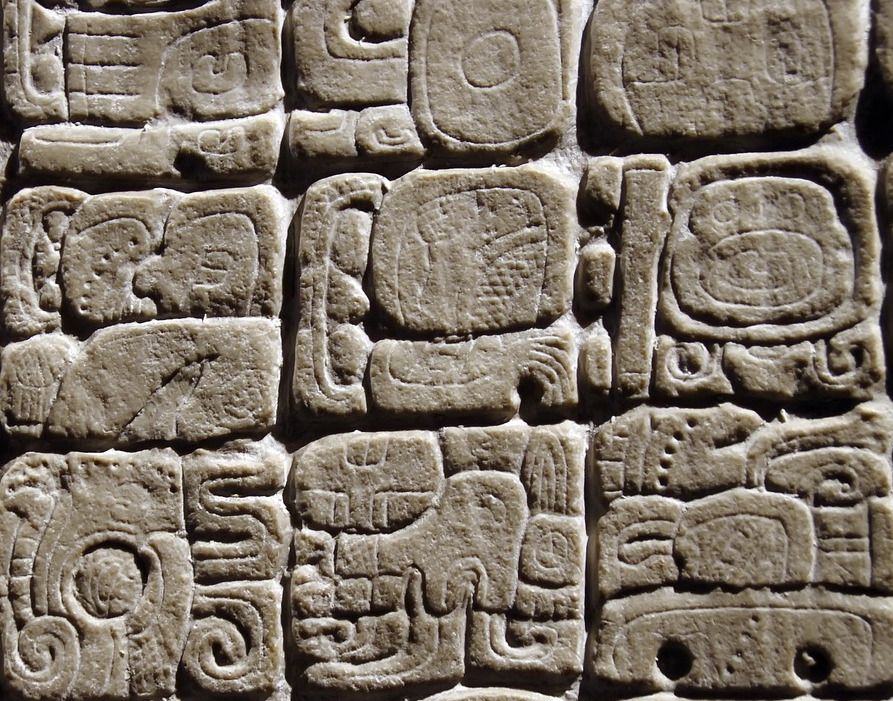Excerpt: Movement 3, Luminous
Instrumentation: Solo viola, string quartet, and piano (Also for solo viola, string orchestra, and piano)
Duration: 17:00
Commission: Rosemary Glyde
Premiere: 11/14/1884
Rosemary Glyde, Manhattan String Qt, pianist Norman Carey;
Merkin Hall
New York, NY
Commission of string orchestra version: San Jose Chamber Orchestra
Premiere: 03/01/2015
Emily Onderdonk & the San Jose Chamber Orchestra
Barbara Day Turner, Conductor
Program Note:
Glyph (1984), for solo viola, string quartet, and piano is cast in four movements. A glyph is a figure carved in relief, and the title refers to the creative process of composition, the carving of sound in relief through time and on oneself. The four movements are titled Luminous, Flickering, Ecstatic, and Incandescent, all aspects of light. They refer to the shifting relationships that color the interactions of the solo viola, quartet, and piano. The work is a mini-concerto, with a supportive rather than adversarial relationship between the solo viola and the other instruments. A lyrical opening movement is followed by a piquant second movement, an atmospheric third, and a driving finale. Glyph was commissioned and premiered by violist Rosemary Glyde, to whom it is dedicated. She was joined by the Manhattan String Quartet and pianist Norman Carey. It has also been performed by other ensembles including violist Paul Neubauer and musicians of the Chamber Music Society of Lincoln Center and recorded by violist James Dunham, the Cassatt Quartet, and pianist Margaret Kampmeier. –JS
Press Quotes:
“This tonal, romantic music shows how little style is the measure of good music, and how one can write romantic music and be at the same time contemporary. True, this is not likely, but it is nevertheless possible – and rare as it may be, here the possible comes into being….” –Noam Ben Ze’ev, Ha-Aretz, trans. by Michael Kubovy
“….the first piece, Glyph (1984, for solo viola, string quartet, and piano), begins in rather welcoming fashion. This movement is marked ‘Luminous’ (the others are ‘Flickering,’ ‘Ecstatic’ and ‘Incandescent’). The playing here by soloist James Dunham is stunning: resonant and vital. The first movement invokes large open spaces (of time, possibly, as well as space); the more spiky ‘Flickering’ offers excellent contrast and is superbly performed, especially in the virtuosity of the speedy pizzicatos. The ecstasy of the third movement is quite reverent in nature; the virtuosity of the beautifully, skillfully written finale is most satisfying.”
– Colin Clarke, Fanfare

